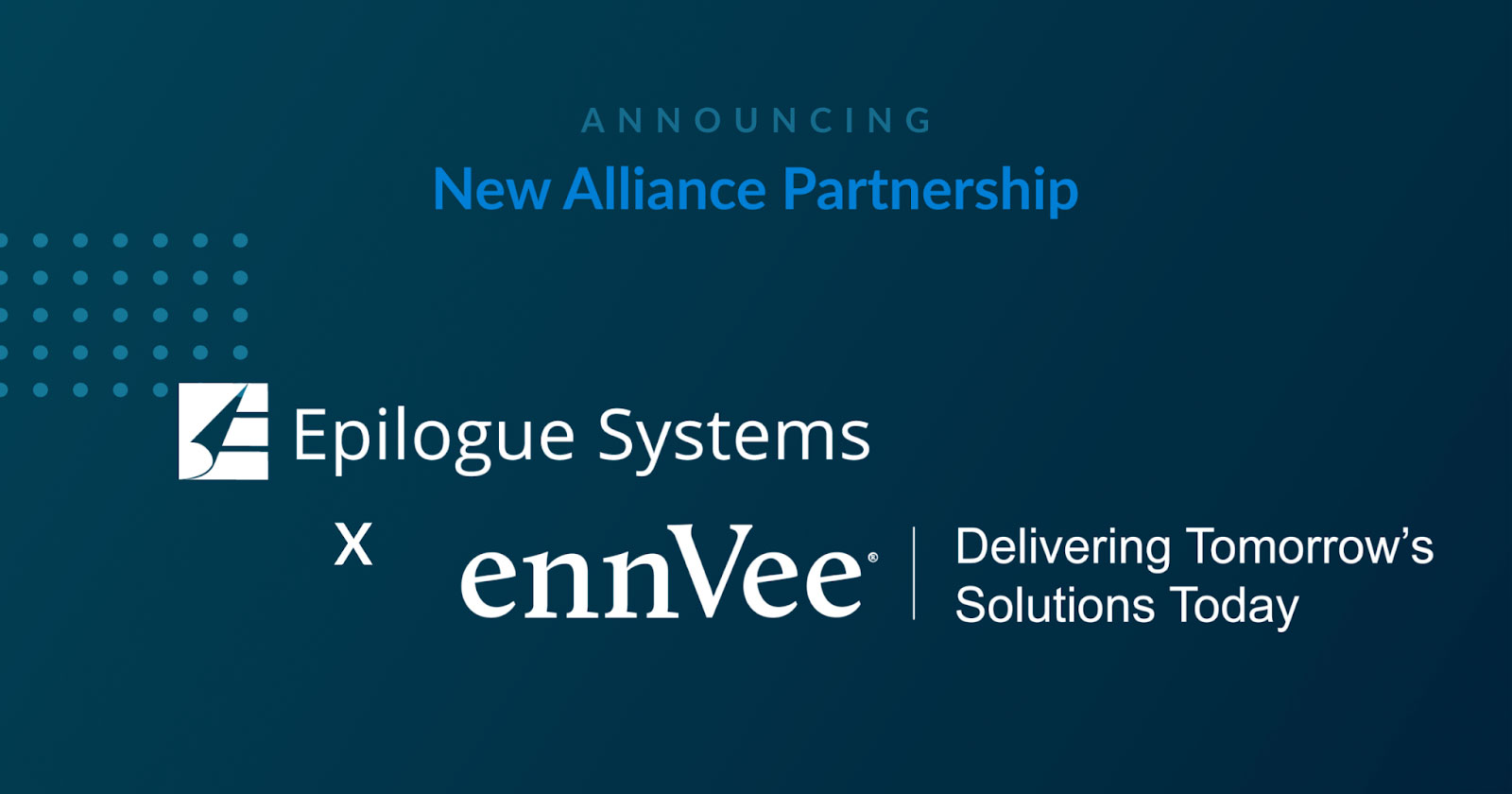In today’s digital world, software users are accustomed to intuitive digital experiences. With consumer electronics, there is little mystery: software from Apple, Google, and various social media platforms enables users to perform remarkable tasks without needing technical expertise.
However, the world has not necessarily become simpler. According to a study by the Society for Technical Communication, 64% of information workers report difficulty finding the information they need to do their jobs (STC, 2023)
Society for Technical Communication. This is where technical writers come in. They translate complex information into easy-to-understand instructions, manuals, and other documents.
In this article, we’ll explore the definition of technical writing, some of the most important examples, some tips and useful technical writing tool that provide immense value to users and customers.
Preface: This article diverges from our usual focus on
Epilogue Opus, our digital adoption platform. We occasionally like to explore diverse subjects to provide interesting insights and perspectives. We appreciate your readership.
What is Technical Writing?
Technical writing involves creating documentation and guides that help users understand complex information and perform tasks. It is not just limited to manuals and guides but also includes reports, briefs, and other forms of communication that require clarity and precision.
Technical writing is vital across numerous industries, each requiring specialized knowledge and skills to communicate effectively:
Information Technology:
This industry heavily relies on technical documentation to ensure that software and hardware products are used correctly. This includes user manuals, installation guides, troubleshooting guides, and API documentation. Clear technical writing ensures that end-users, developers, and IT professionals can effectively use and maintain these products.
Healthcare:
In the healthcare industry, technical writing is essential for creating medical manuals, patient care instructions, and research documentation. These documents must be precise and clear to avoid misunderstandings that could impact patient care and treatment.
Engineering:
Engineering fields, from civil to aerospace, require detailed technical documentation such as engineering reports, product specifications, and maintenance manuals. Technical writers in this field must understand complex technical concepts and convey them in a way that is accessible to both engineers and non-engineers.
Manufacturing:
Technical writers in the manufacturing sector create standard operating procedures (SOPs), safety manuals, and product assembly guides. These documents are crucial for ensuring that manufacturing processes are followed correctly and safely.
Finance:
The financial sector uses technical writing for compliance documentation, policy manuals, and detailed financial reports. Precision and clarity in these documents are essential to meet regulatory requirements and ensure that financial operations run smoothly.
Seeing is Believing: Technical Writing examples
Technical writing takes many forms, but all share the core objective of conveying information clearly and concisely. Here’s a closer look at some of the most common technical writing examples you might encounter in your daily life:
1. User Manuals:
These are the bread and butter of technical writing, providing step-by-step instructions on how to operate a product. From simple guides for using a new coffee maker to complex manuals for airplanes, user manuals ensure everyone can utilize a product to its full potential.
2. API Documentation:
In the age of software and applications, Application Programming Interfaces (APIs) allow different programs to communicate and exchange data. API documentation is a technical writer’s creation that explains how developers can interact with an API. Imagine it as a recipe book for programmers, outlining the ingredients (data) and steps (functions) needed to build upon an existing application.
3. Help Files:
Ever gotten stuck using a software program and turned to the little question mark icon? The helpful information that pops up is likely the work of a technical writer. These online resources provide users with quick answers to frequently asked questions (FAQs) and troubleshooting steps for common problems.
4. White Papers:
Looking for a deeper dive into a technical topic? White papers are in-depth reports that explore complex subjects in a clear and informative way. They often address industry trends, new technologies, or solutions to specific problems. While white papers can be more technical than user manuals, they are still written to be understandable by a target audience with a basic understanding of the field.
5. Assembly Instructions:
Putting together furniture or a new toy often involves following a set of assembly instructions. Technical writers take complex product designs and break them down into clear, visual guides using illustrations and step-by-step explanations.
6. Quick Start Guides:
Need to get started with a new device quickly? Quick start guides provide basic instructions for getting a product up and running without overwhelming the user with intricate details. They are often single-page documents focusing on the essential steps for initial use.
7. Safety Manuals:
Safety is paramount, and technical writers play a crucial role in creating clear and concise safety manuals. These documents outline potential hazards associated with a product and provide instructions for safe use. From proper handling procedures for chemicals to safety protocols for operating machinery, safety manuals can help prevent accidents and injuries.
8. Online Knowledge Bases:
Many companies maintain online knowledge bases that house a collection of technical documents, FAQs, and troubleshooting guides. Technical writers contribute to these knowledge bases by creating and maintaining the content, ensuring users can find the information they need in a centralized location.
Technical Writing Tips: Mastering the Craft
Effective technical writing hinges on several key principles that ensure your documentation is clear, concise, and valuable to your audience.
1. Understand Your Audience:
This is the golden rule of technical writing. Before you start writing, identify your target audience. Are they seasoned professionals or complete beginners? Tailor your language and level of detail accordingly. Imagine explaining a complex software program to a developer versus someone who just wants to check their email.
2. Clarity and Conciseness:
Strive for simplicity in your language, avoiding jargon and complex sentences. Use plain language that is accessible to your audience. Employ the active voice to make your writing more direct and engaging. Keep your sentences and paragraphs short, eliminating unnecessary words that do not contribute to the clarity or value of your content.
3. Structured Format:
Organize your content with clear headings and subheadings to break it into manageable sections. Utilize bullet points and numbered lists to present information in an easy-to-follow format. For longer documents, include a table of contents to provide an overview and facilitate quick access to specific sections.
4. Visual Aids:
Enhance your text with diagrams, charts, and screenshots. Visual aids can simplify complex information, making it more digestible. In software documentation, for example, screenshots can illustrate what users should see on their screens at different stages, while infographics can summarize key information effectively.
5. Review and Edit:
Rigorous proofreading is essential to eliminate grammar, spelling, and punctuation errors. Tools like Grammarly can assist in this process. Additionally, seek peer reviews from colleagues or subject matter experts to ensure technical accuracy. Conduct usability testing with actual users to identify any areas of confusion or difficulty, and refine your documentation based on their feedback.
6. Continuous Improvement:
Stay updated with the latest industry developments and regularly update your documents to reflect new information. Engage in continuous learning through courses, workshops, and industry literature to enhance your writing skills and technical knowledge. Implement feedback mechanisms to regularly collect and incorporate user and stakeholder feedback into your documentation, ensuring it remains relevant and effective.
Some Technical Writing Tools
Technical writers have access to a variety of tools that can significantly enhance the quality and efficiency of their work. Here are some essential tools commonly used in technical writing:
Microsoft Word:
Microsoft Word is a versatile word processing tool widely used for creating and formatting documents. Its robust features, such as templates, styles, and review tools, make it an excellent choice for drafting and editing technical documents.
MadCap Flare:
MadCap Flare is a powerful tool designed specifically for technical writers. It allows for the creation, management, and publication of content for various outputs, including print, web, desktop, and mobile. Its single-source publishing capability makes it easy to maintain consistency across different formats.
Confluence:
Confluence is a collaboration tool that enables teams to create, share, and collaborate on technical documents. It is particularly useful for maintaining version control and ensuring that team members are working with the most up-to-date information.
Snagit:
Snagit is a screenshot program that enhances documentation with visual aids. It allows technical writers to capture, edit, and annotate screenshots, making it easier to explain complex processes and provide visual examples.
Grammarly:
Grammarly is an AI-powered writing assistant that helps with grammar, style, and tone improvements. It is an invaluable tool for ensuring that technical documents are error-free and adhere to a consistent writing style.
ChatGPT:
ChatGPT, developed by OpenAI, is an AI-based tool that assists with drafting and brainstorming content. It can generate text, provide suggestions, and help with language refinement, making it a valuable resource for technical writers looking to enhance their productivity and creativity.
Adobe FrameMaker:
Adobe FrameMaker is a robust authoring and publishing solution for technical documentation. It supports the creation of large and complex documents, offering advanced features for formatting, template creation, and multimedia integration.
Git and GitHub:
Git is a version control system that allows technical writers to track changes and manage document versions. GitHub, a platform built around Git, enables collaboration and sharing of documents. These tools are particularly useful for managing documentation in software development projects, where multiple contributors need to work on the same documents simultaneously.
Conclusion
Technical writing is a specialized skill that plays a vital role in various industries. By understanding its principles and utilizing the right tools, writers can create clear, concise, and effective documentation that bridges the gap between complex information and its practical application. As technology continues to advance, the demand for proficient technical writers will only grow, making it an invaluable skill in the modern workforce.









